As I stumbled over loose gravel in the darkness, streaks of light emerged from the heavens, painting the night sky with stars that shimmered like distant beacons. The Mount Sinai climb was silent save for the crunch of my footsteps, and though some might call it a pilgrimage, for me, it was something simpler — a pursuit of one of nature’s finest displays.
As I neared the summit, I passed groups of weary hikers wrapped snugly in woollen blankets, sitting along the mountain’s edge under fragments of starlight. Despite the chill, there was an unspoken camaraderie in the air, a shared anticipation for the coming dawn.
Following the beam of my torch, I found it — a ledge that jutted out over the mountain’s core. With a deep breath and an embrace of my own warmth, I settled in and waited for the sun to pierce the horizon.
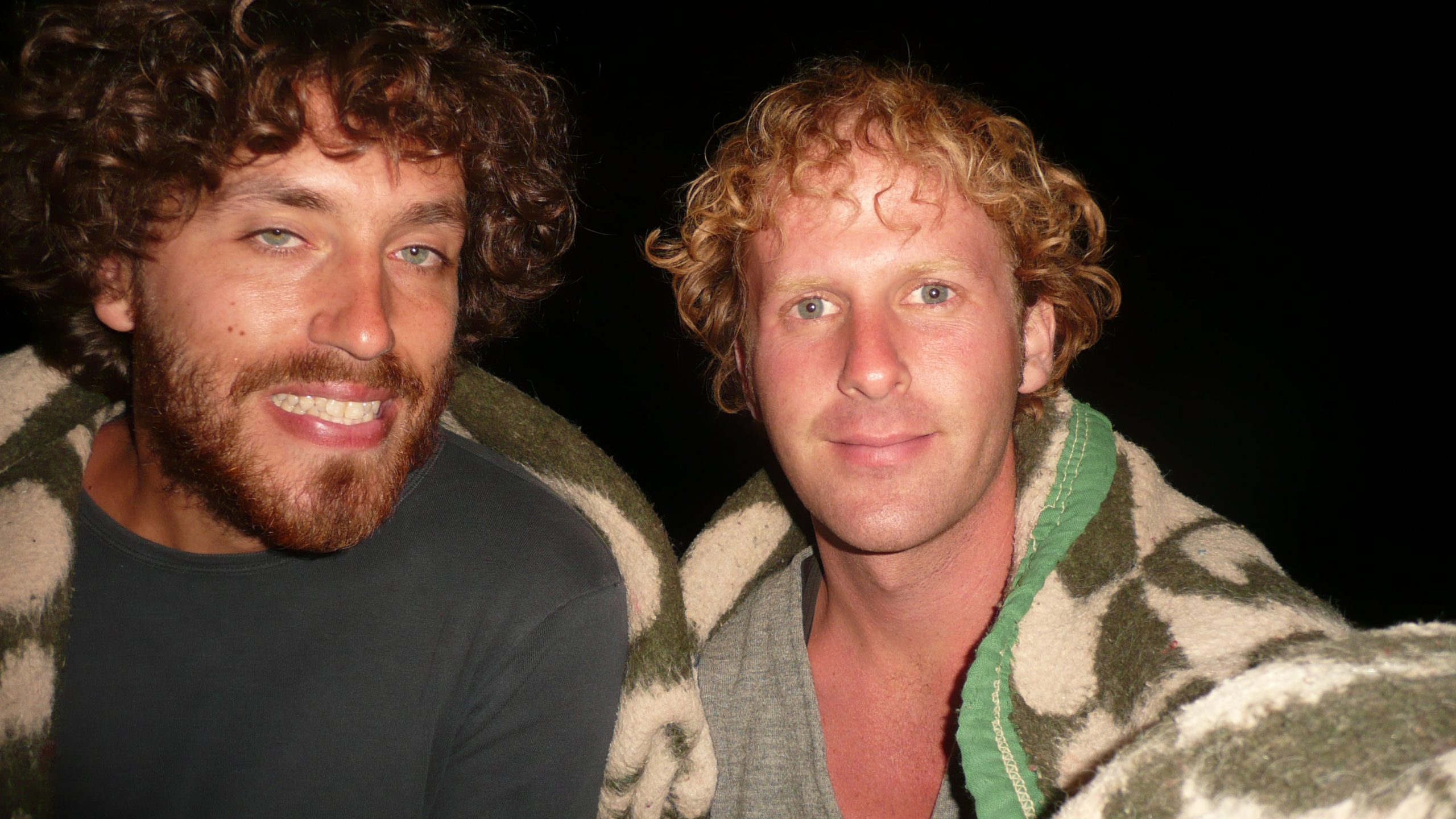
Watching the sunrise from Mount Sinai was an unforgettable moment, but the experience is about so much more than just the view. Whether you’re drawn by its deep biblical roots, the sense of adventure, or the awe-inspiring landscapes, a trek up Mount Sinai is a journey filled with both challenges and rewards.
In this guide, I’ll share everything you need to know about the Mount Sinai climb — from information about the routes to practical tips and essential gear. Whether you’re planning your hike for sunrise or sunset, this guide will help you prepare for one of Egypt’s most iconic experiences.
Mt Sinai Climb: An Overview
Location | Mount Sinai is located in the Sinai Peninsula, near the town of St. Catherine, Egypt. |
Duration | 3-4 hours return (with 1.5-2.5 hours to get to the summit) |
Routes | Camel Path (Siket El Basha) or Steps of Repentance |
Difficulty | Moderate. The trek is not technically difficult but requires stamina, especially for the steep steps. |
Essential Gear | Sturdy hiking shoes, warm clothing for the summit, water and snacks, head torch for night hikes |
Guide | A Bedouin guide is mandatory for the activity |
Safety | The trek is generally safe |
Why Climb Mount Sinai?
Climbing Mount Sinai is a journey into history, spirituality, and breathtaking natural beauty.
Rooted in ecclesiastical origins, the mountain — synonymous with Moses receiving the Ten Commandments — attracts countless Christian, Jewish, and Islamic pilgrims every year. For me, it was less about pilgrimage and more about connecting with a place steeped in ancient stories, while embracing the quiet solitude of the hike.
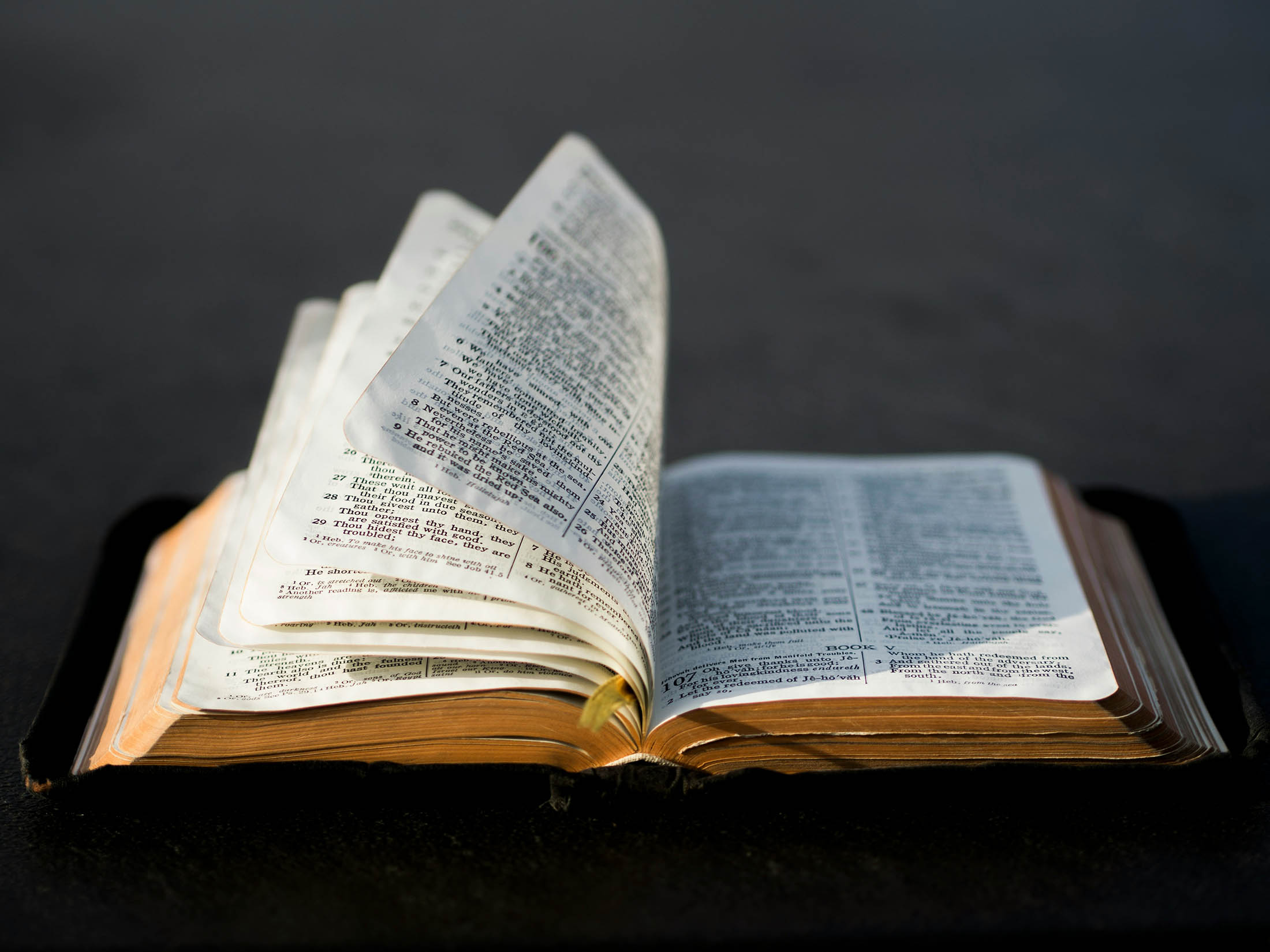
Whether you're drawn by its biblical significance, the challenge of the ascent, or the promise of witnessing one of the Middle East’s most stunning sunrises (or sunsets), the mountain offers something pretty profound.
From the crunch of gravel underfoot to the golden glow at the summit, Mount Sinai is an experience that stays with you, and it has me, for years.
Location and Elevation of Mount Sinai
Mount Sinai, also known as Jebel Musa, is nestled in Egypt’s rugged Sinai Peninsula, a vast expanse of desert and jagged mountains. Rising to an elevation of 2,285 meters (7,497 feet), it’s not the tallest peak in the region but holds an outsized significance due to its spiritual and historical associations.
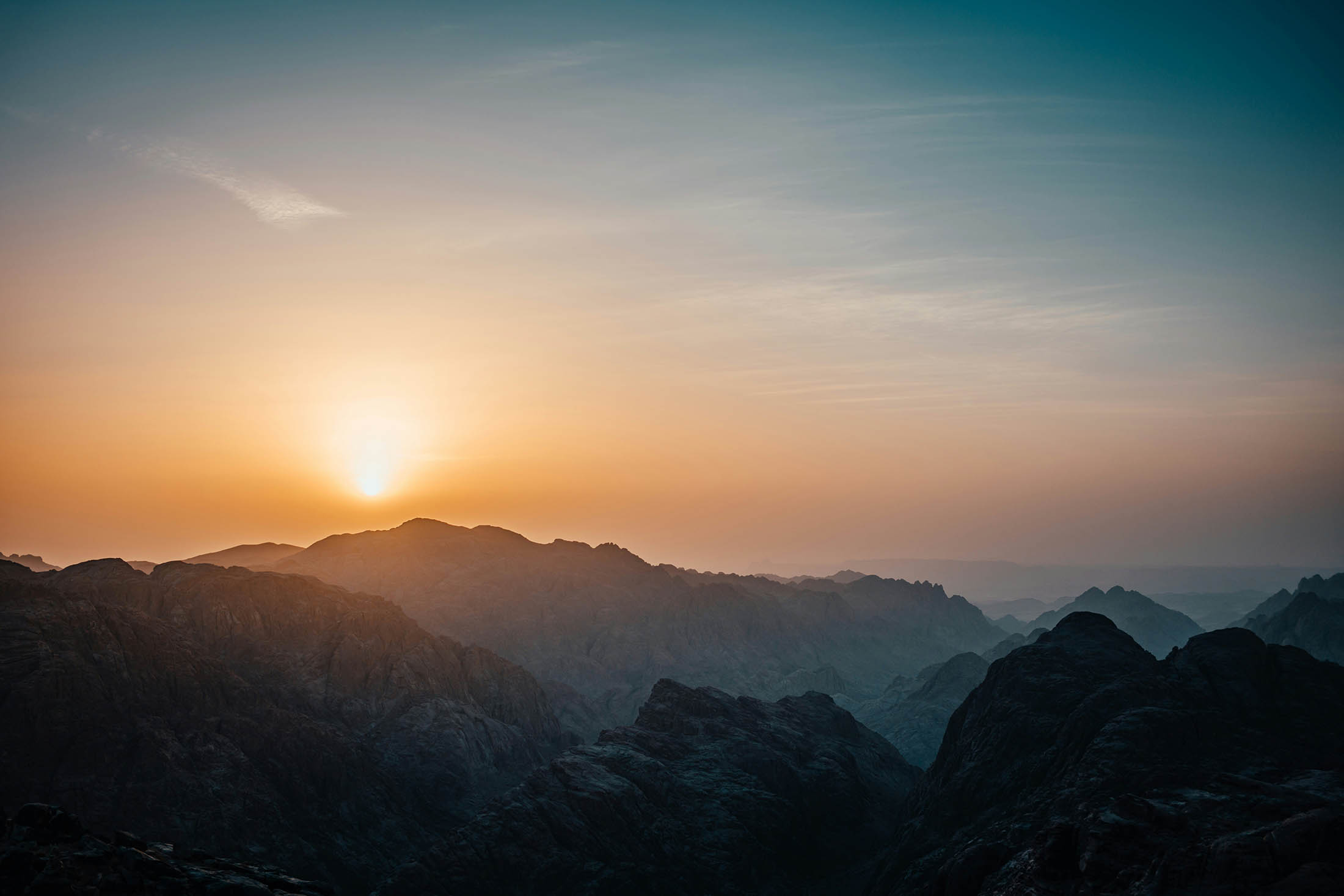
Its proximity to Saint Catherine’s Monastery adds another layer of intrigue, making it a must-visit destination for both travellers and pilgrims.
How Long Does it Take to Climb Mt Sinai?
Climbing Mount Sinai typically takes 2 to 3 hours for the ascent (or a little more, or less) and about 2 hours for the descent, depending on your route and fitness level.
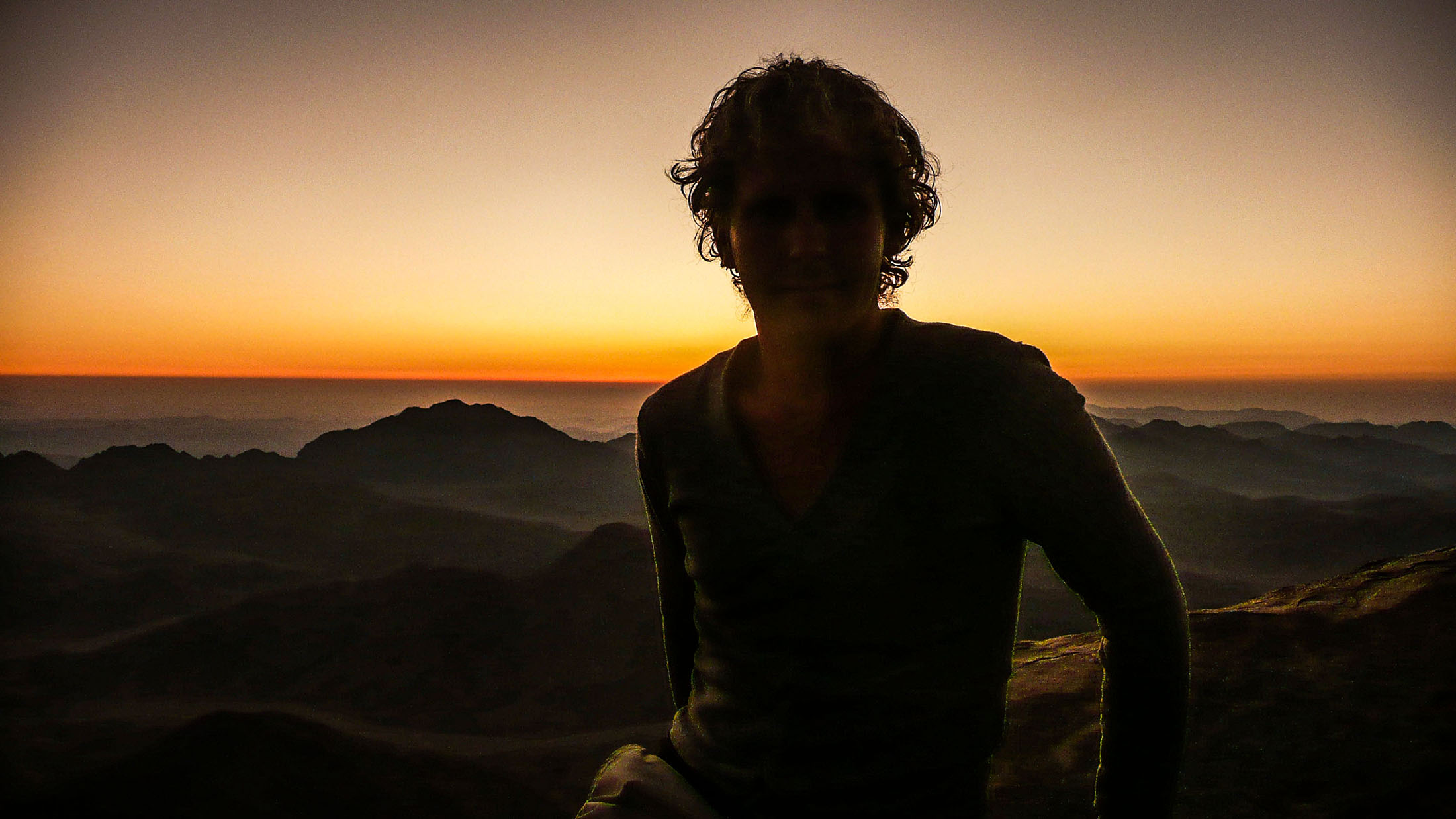
The Camel Path, which is less steep, takes a bit longer, while the Steps of Repentance, a much steeper and shorter route (with 3,750 steps), would usually take around 2 hours up — but as of 2024, this route is officially closed for ascents and descents.
Most of us want to spend time at the summit to soak in the views or watch the sunrise or sunset, so plan for additional time at the top.
Climbing Mount Sinai in Egypt: Your Guide
Climbing Mount Sinai is an adventure that blends history, spirituality, and incredible views. When I made the ascent, it was equal parts challenging and rewarding — a journey I’ll never forget, and one I’d recommend to anyone visiting Egypt’s Sinai Peninsula.
Sunrise versus Sunset
Mount Sinai is famous for its stunning sunrises, and most of us opt for this experience, starting our trek in the early hours to reach the summit before dawn. While the glow of sunrise illuminating the rugged peaks is breathtaking, it also means sharing the moment with pretty large crowds - a definite downside.
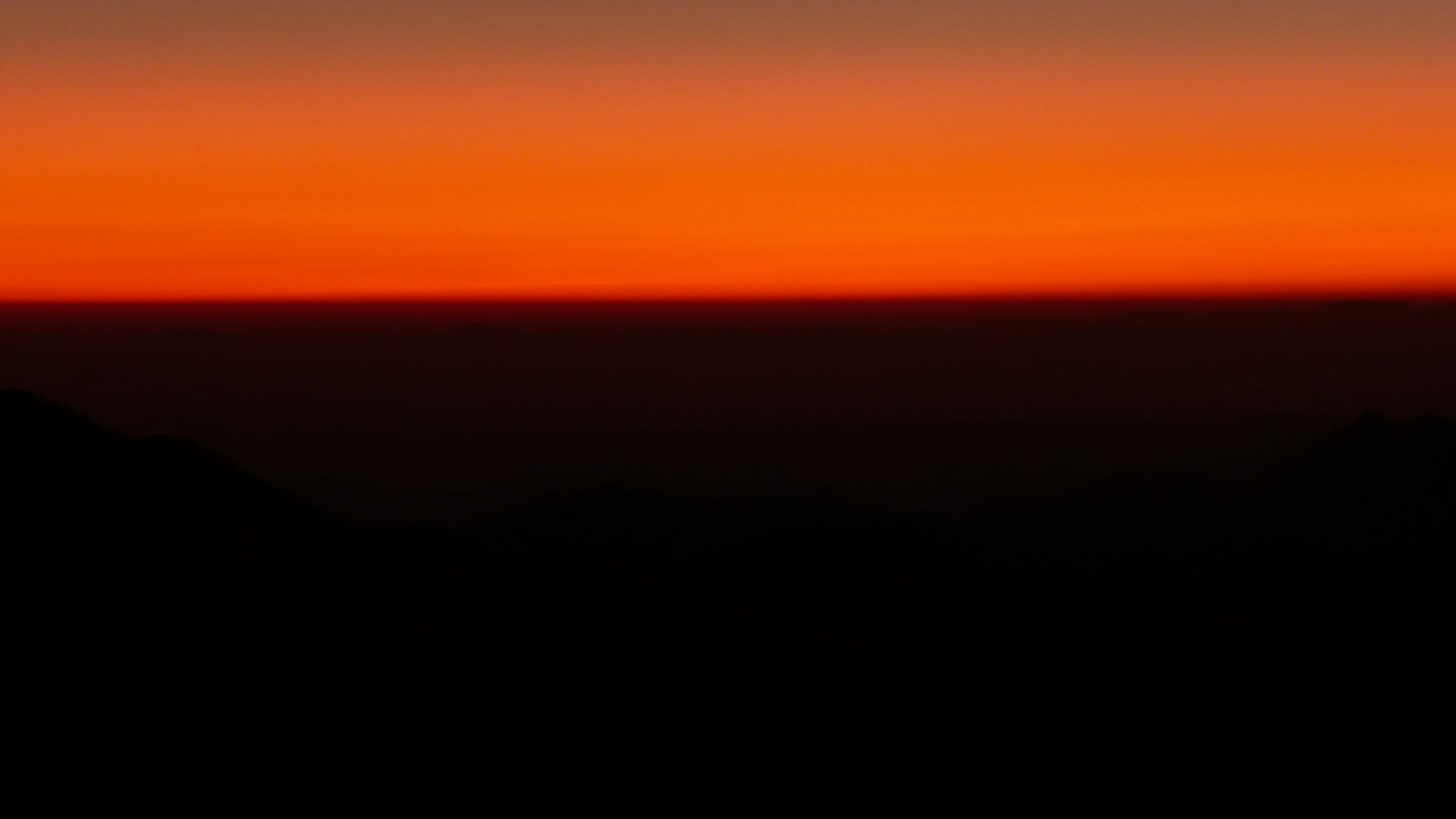
If you prefer a quieter experience, consider hiking for sunset instead (but perhaps not if you're visiting in summer - the heat during the hike would be overwhelming). While you’ll miss the morning light show, sunset offers equally spectacular views and far fewer people at the top.
For me, sunrise felt magical but crowded, and I’ve often thought sunset might be the more serene option, especially for the solitude.
Two Routes to the Summit of Your Mount Sinai Climb
Route | Difficult | Duration | Highlights |
|---|---|---|---|
Camel Path | Easy to moderate | 2-3 hours up | Gradual incline, kiosks along the way |
Steps of Repentance | Challenging | 2 hours up | Steep incline, historic stone steps |
There are two main routes leading to the summit of Mount Sinai: the Camel Path and the Steps of Repentance.
The Camel Path is a gentler, winding trail, making it the easier option for most hikers. It's well-maintained and offers gradual elevation, with plenty of opportunities to rest along the way.
In contrast, the Steps of Repentance is a much steeper, more challenging route, consisting of rugged, uneven steps carved into the mountain.
These two paths eventually meet near the summit, where you'll tackle the final 750 steps to reach the peak.
Note: As of 2024, the Steps of Repentance are officially closed, at least for descent. Check with your guide to confirm the current status before your visit.
1. Getting Started: Preparing for the Mount Sinai Climb
The journey to Mount Sinai often begins in Dahab or Sharm El Sheikh, with most travellers opting for a late-night departure to arrive at the trailhead in the early hours. Leaving the comfort of Dahab’s Red Sea shores was challenging, especially as I had spent the previous 24 hours battling food poisoning.
If you're departing from Dahab like I did, expect the trip to take a couple of hours in a minivan.
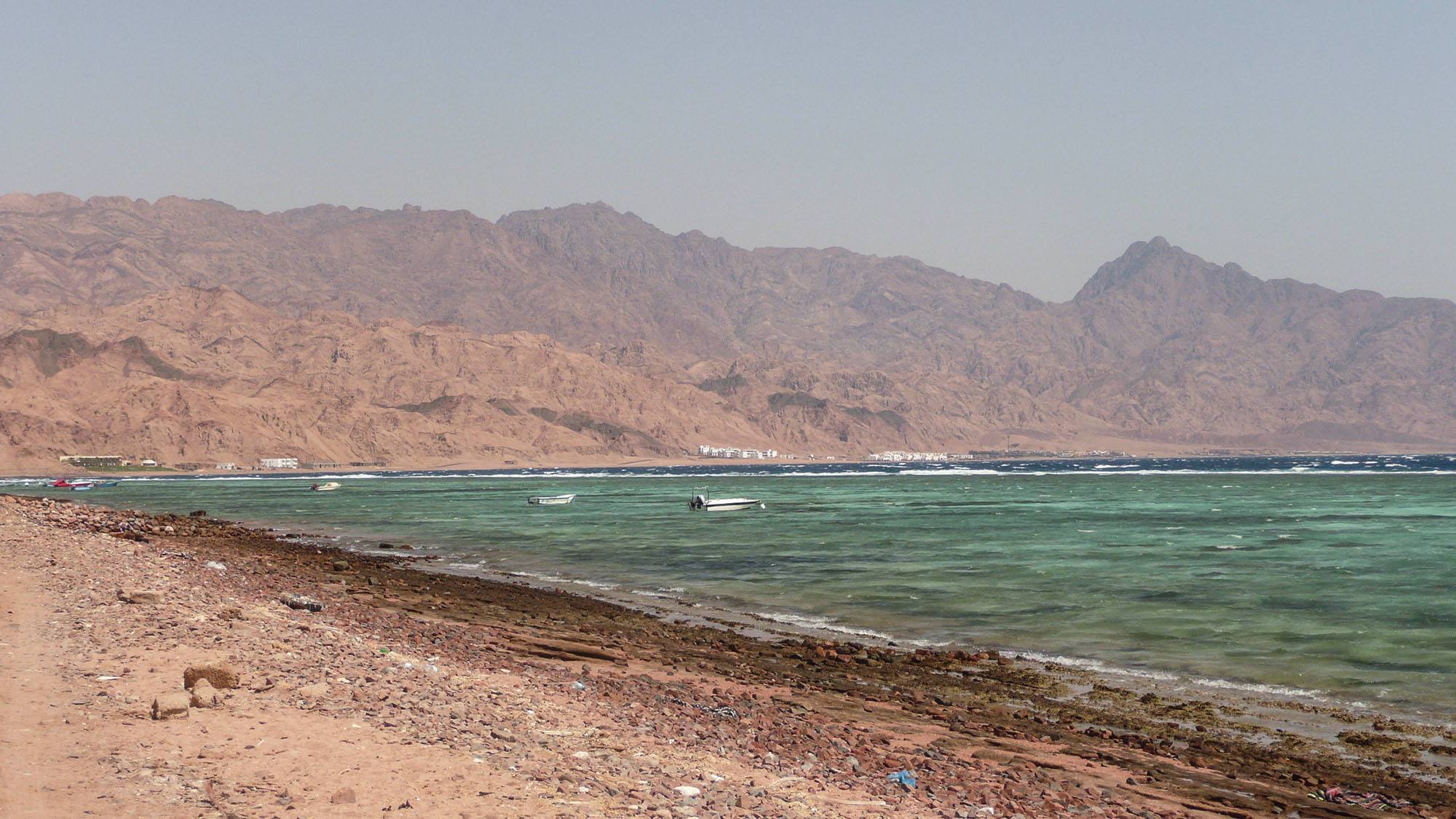
After securing medication from a helpful (but clearly exhausted) pharmacist at dawn the day before, I booked a last-minute ride through a local vendor near my hotel.
While many tours offer packages that include transport, a Bedouin guide, and permits, you can also arrange a simple transfer if you prefer a more independent approach. Prices for shared tours usually range from $25 to $40 USD per person, while private transfers will cost more.
Our minivan arrived just after midnight, and the small group of us — strangers until then — claimed separate rows to rest. It's worth noting that drivers can be fatigued during these late-night journeys, so make sure to book with a reputable company.
After a few hours on the road, we reached the base of Mount Sinai, where we were greeted by our Bedouin guide.
“Are you ready to climb?” he asked, as we gradually roused ourselves from sleep.
“I’m so tired,” I complained, to which he kindly responded, “The climb will wake us.”
2. Hiking the Camel Path to Mount Sinai Summit
The Camel Path is the most popular route up Mount Sinai, offering a gentle yet steady ascent that’s manageable for most hikers. Winding along a wide dirt trail, it’s less demanding than the Steps of Repentance but still requires stamina.
Our guide led us past hordes of shivering and languorous souls, dragging their feet along the same path steeped in history. The night was initially quiet, save for the occasional murmur of voices, until the crunch-crunch of gravel underfoot broke the silence, echoing through the crisp darkness.
Each step seemed to carry us deeper into the stillness of the mountain. When fatigue set in, our guide gently reminded us of the beautiful morning sky that awaited, urging us forward with a calm yet motivating demeanour.
What to Expect on the Camel Path:
- Trail Length and Time
The Camel Path is approximately 7 km (4.3 miles) round trip. - Rest Stops Along the Trail
Scattered along the route are tea houses offering hot drinks and snacks. Watching the starlit sky during these breaks will feel almost as special as the summit itself. - Trail Conditions
The dirt path is well-maintained and generally not too steep, although some sections have loose gravel. A good pair of hiking shoes is essential.
3. 750 Steps to the Top of Mount Sinai
Both the Camel Path and the Steps of Repentance converge at a site known as Elijah’s Hollow (also called the Seven Elders of Israel). From this point, the final challenge begins: a steep ascent of 750 stone steps carved into the rugged mountain.
Not long before we reached Elijah’s Hollow, our guide motioned us forward, leading us past hordes of shivering and languorous souls, many wrapped in woolen blankets, dragging their feet along the same historical path.
Silence enveloped the group initially, broken only by the deafening crunch of gravel underfoot as we ascended further into the night. Each step brought us closer to the summit and the promise of dawn breaking over the rugged Sinai landscape.
When we wanted to stop, our guide discerned our fatigue and gently encouraged us to press on, softly reminding us of the beauty that awaited at the summit — a small but profound motivation that kept us moving.
What to Expect:
- The Steps: These ancient steps, some uneven and steep, are a test of endurance but also a symbolic finale to the hike.
- The Atmosphere: As you ascend, the air grows thinner, and the anticipation builds. For those like me hiking before dawn, the soft glow of head torches lights the way, and the silence is broken only by the crunch of footsteps and the occasional whisper of encouragement.
Reaching the summit after these final 750 steps is not just a physical accomplishment but an emotional and spiritual one.
Save this guide for future reference!
4. Sunrise at the Summit of Mount Sinai
Arriving at the summit in the early hours, I perched myself on a rock that jutted out over the mountain’s edge. Wrapped tightly in a woollen blanket, I shared its warmth with a fellow hiker from the minivan, a Swedish man with a virile beard who silently joined me in anticipation. Around us, others were gathering, sitting quietly along the ledges, their figures silhouetted by faint starlight.

As the morning hours crept forward, more hikers arrived, their expressions a mixture of fatigue and excitement. The air buzzed with nervous energy as we all waited for the moment that had drawn us here.
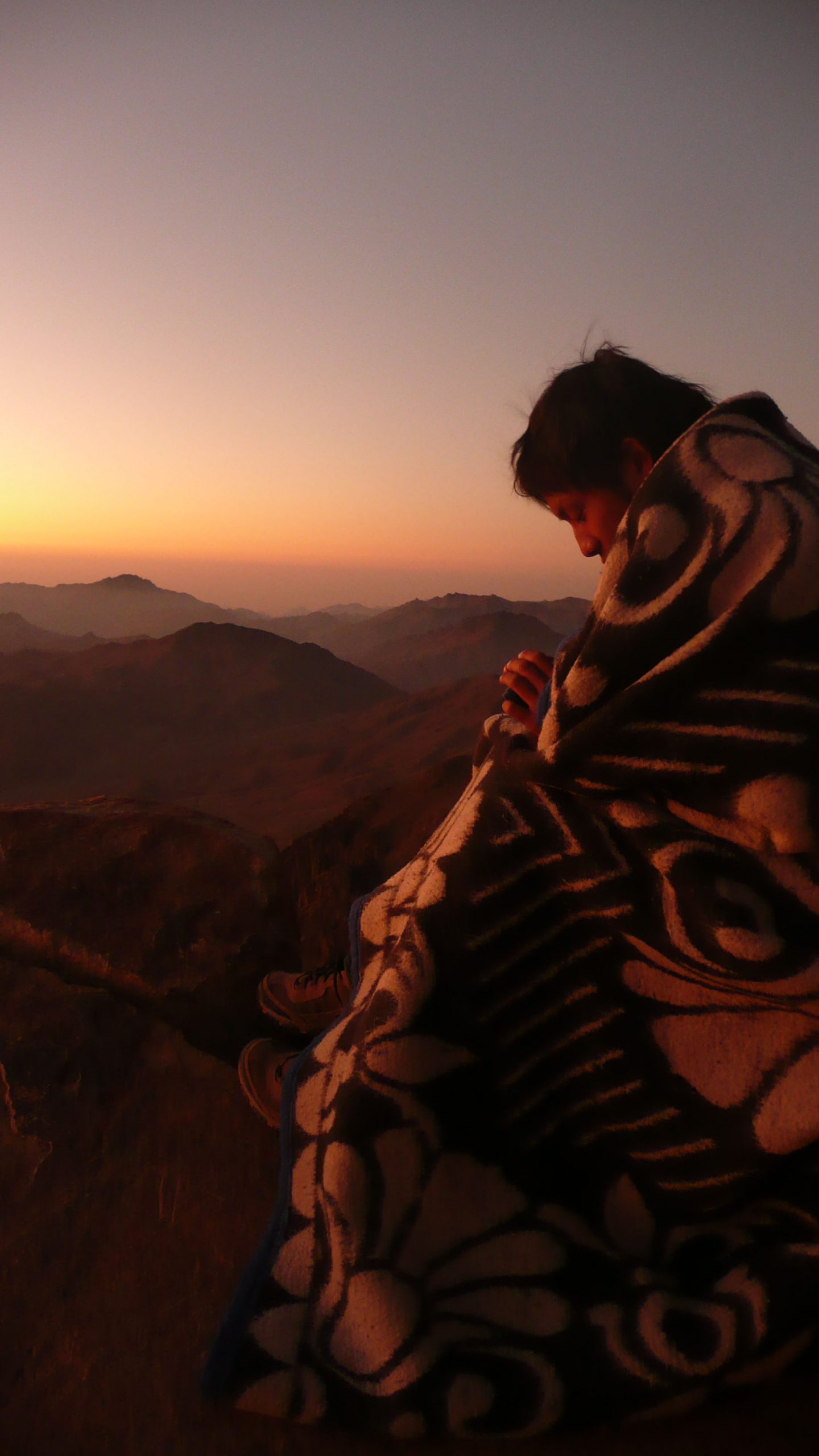
When the first rays pierced the black sky, the transformation began. A single beam of raisin-coloured light cut through the darkness.

It was followed by deep rosewood hues that painted the ridges below. Fire orange and persimmon erupted, spreading warmth and brilliance across the horizon.
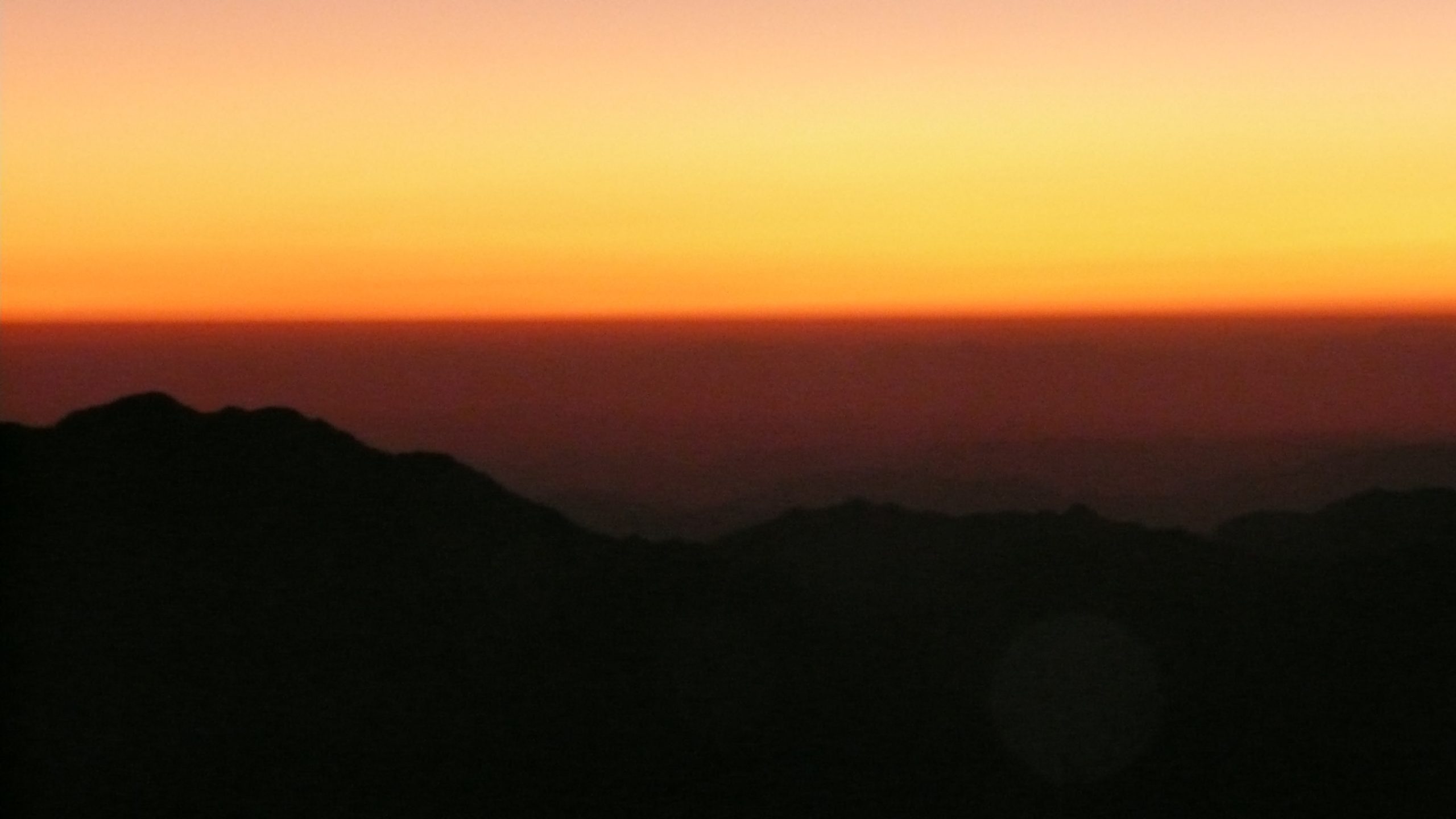
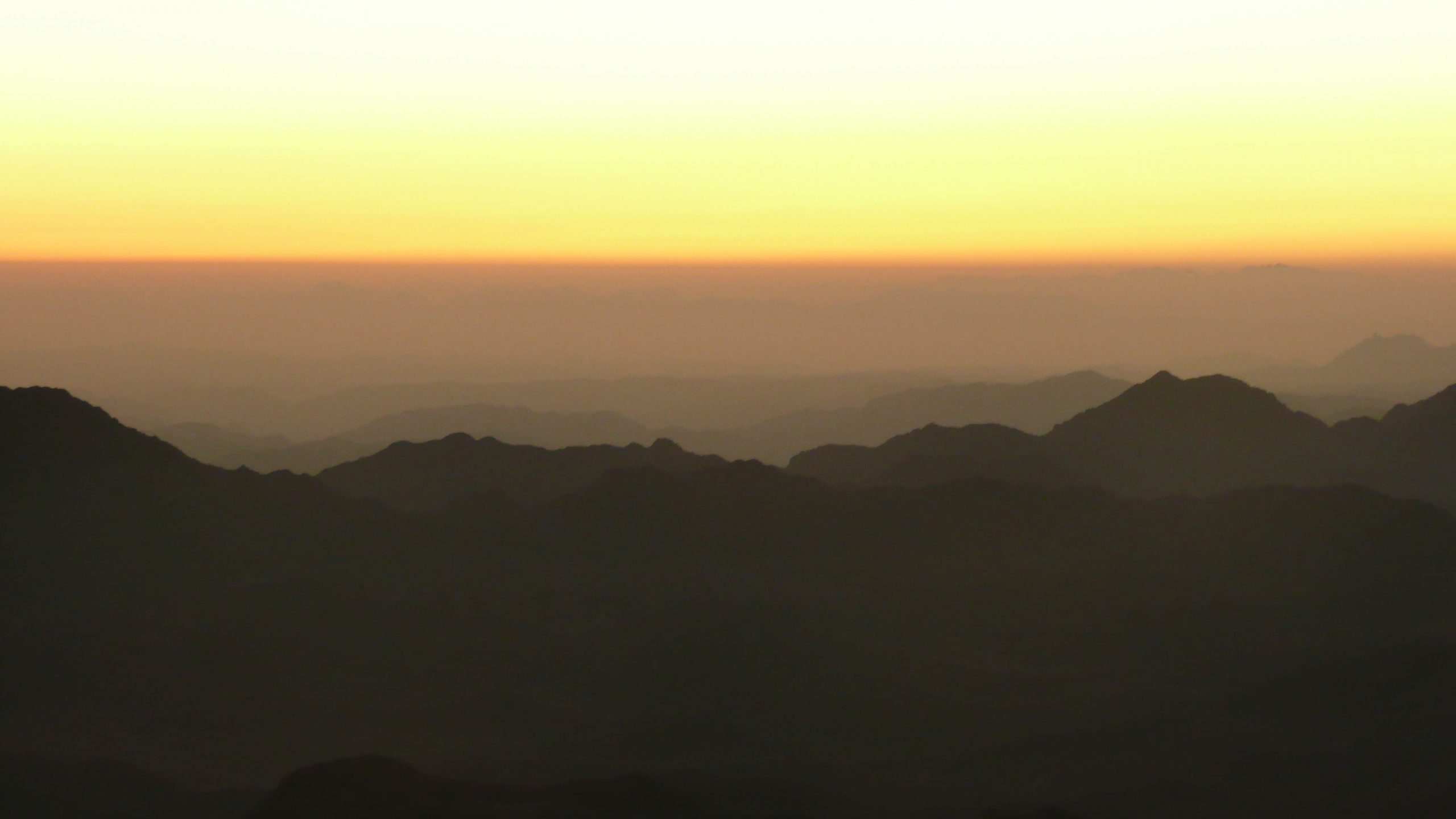
It felt like watching the earth come alive.
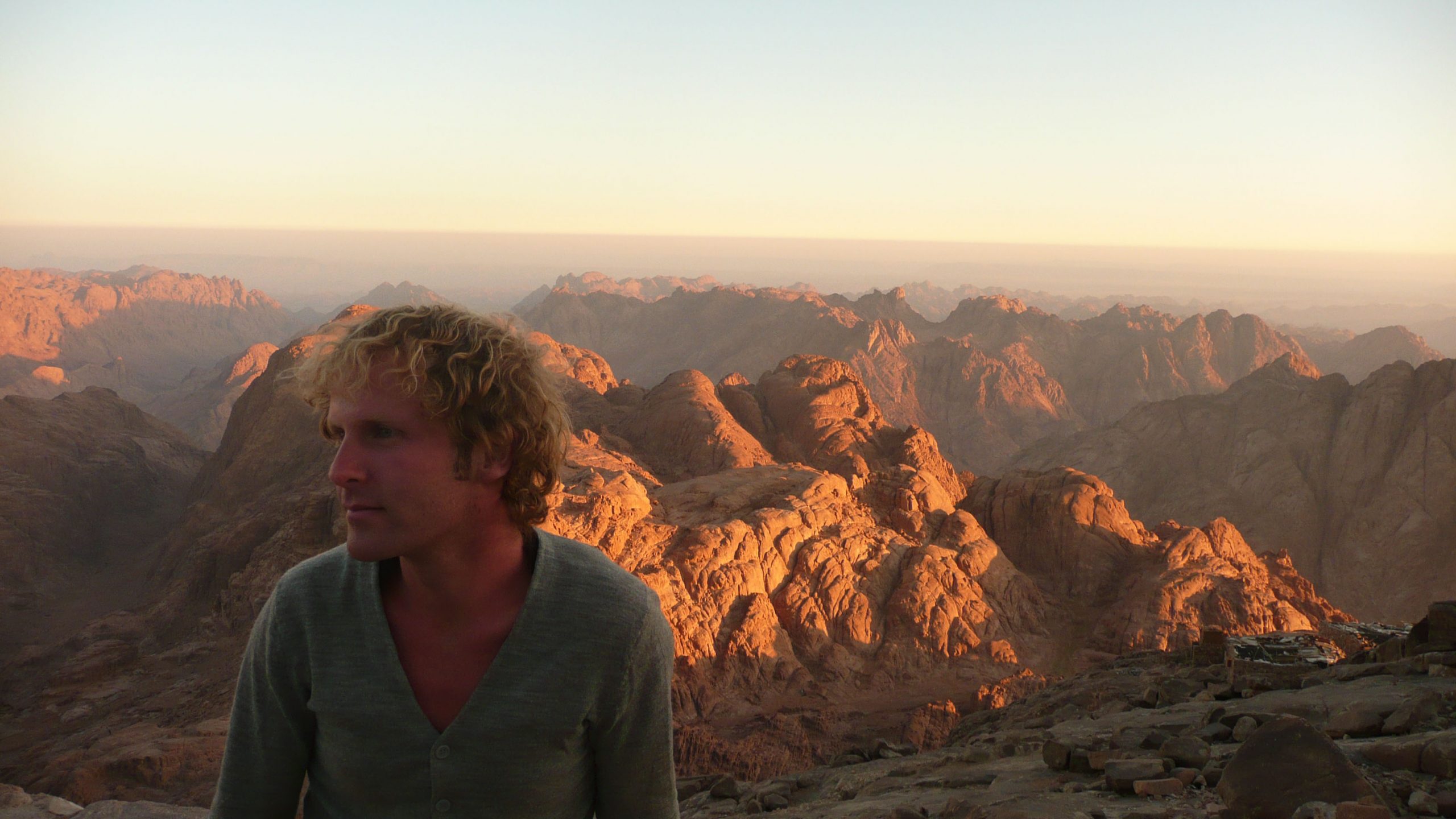
For a moment, time froze, and as the sun finally lifted above the peaks, the heavens seemed to melt into golden butter. It was, without a doubt, one of the most breathtaking sunrises I’ve ever seen.
What to Expect at the Summit
- Crowds: Despite the serene setting, the summit is often packed with fellow hikers, especially during the high season.
- Facilities: Small kiosks at the top sell hot drinks and snacks — perfect for the chilly morning. You can also rent a blanket for extra warmth (usually around $3 USD).
- Temperature: It’s cold at the top, even in summer. Expect to bundle up while waiting for the sunrise.
Practical Tips for Sunrise at Mount Sinai
- Arrive Early: Secure your spot by reaching the summit well before dawn. Popular ledges fill up fast.
- Dress in Layers: The wind at the peak can be biting, so bring a warm jacket, gloves, and a hat.
- Camera Ready: The changing colours of the sunrise are spectacular, so make sure your camera or phone is fully charged and ready to capture the moment.
- Bring Snacks and Water: You’ll appreciate a small snack or drink after the hike, though hot chocolate from the summit kiosk is highly recommended.
Witnessing sunrise at Mount Sinai is a reward for the climb.
It's a moment of connection with nature, and a reminder of the profound beauty in the simplest things, like the first light of day.
5. The Descent
As the morning sun rose higher, its warmth thawed the cold that had gripped us at the summit.
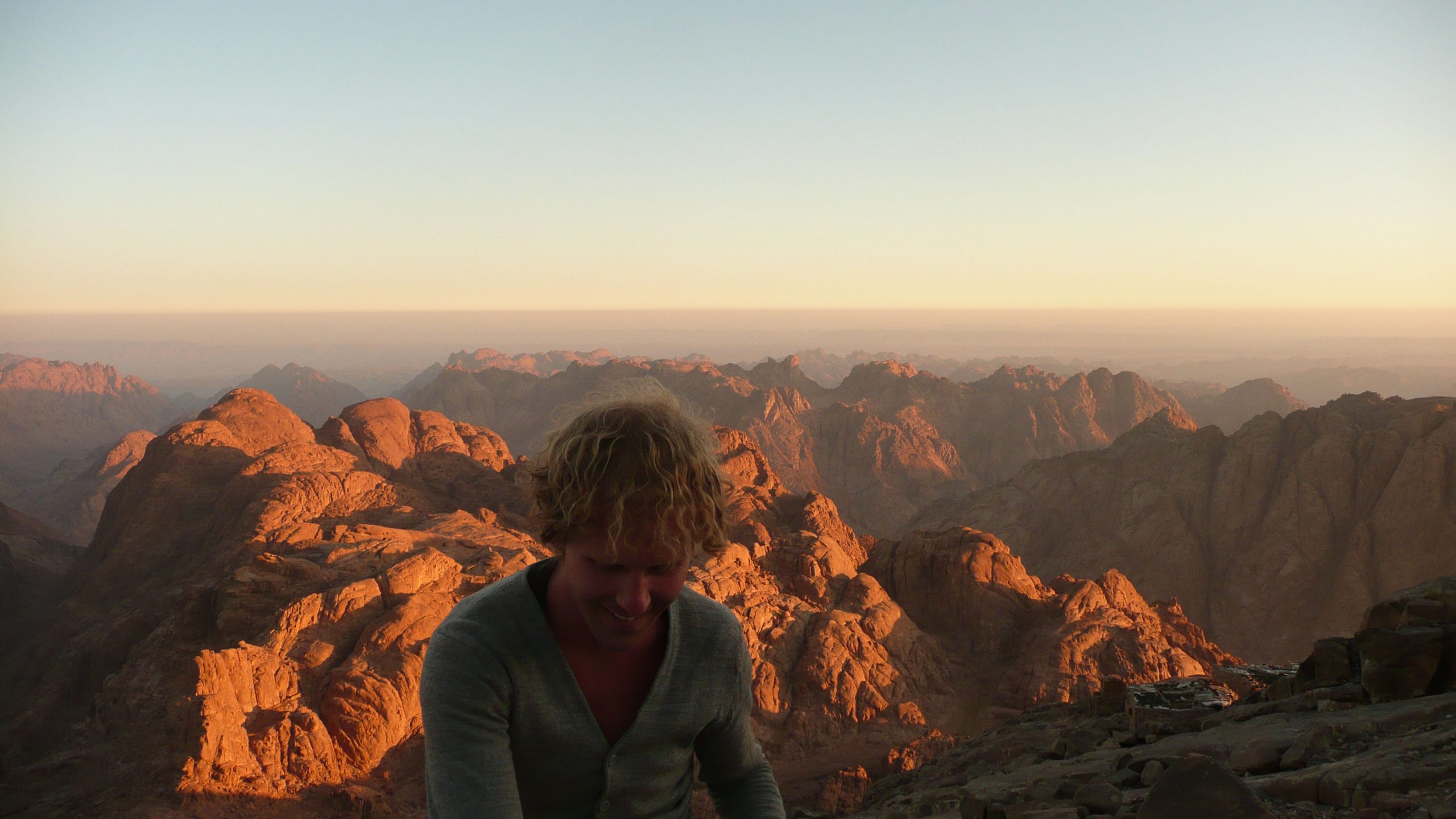
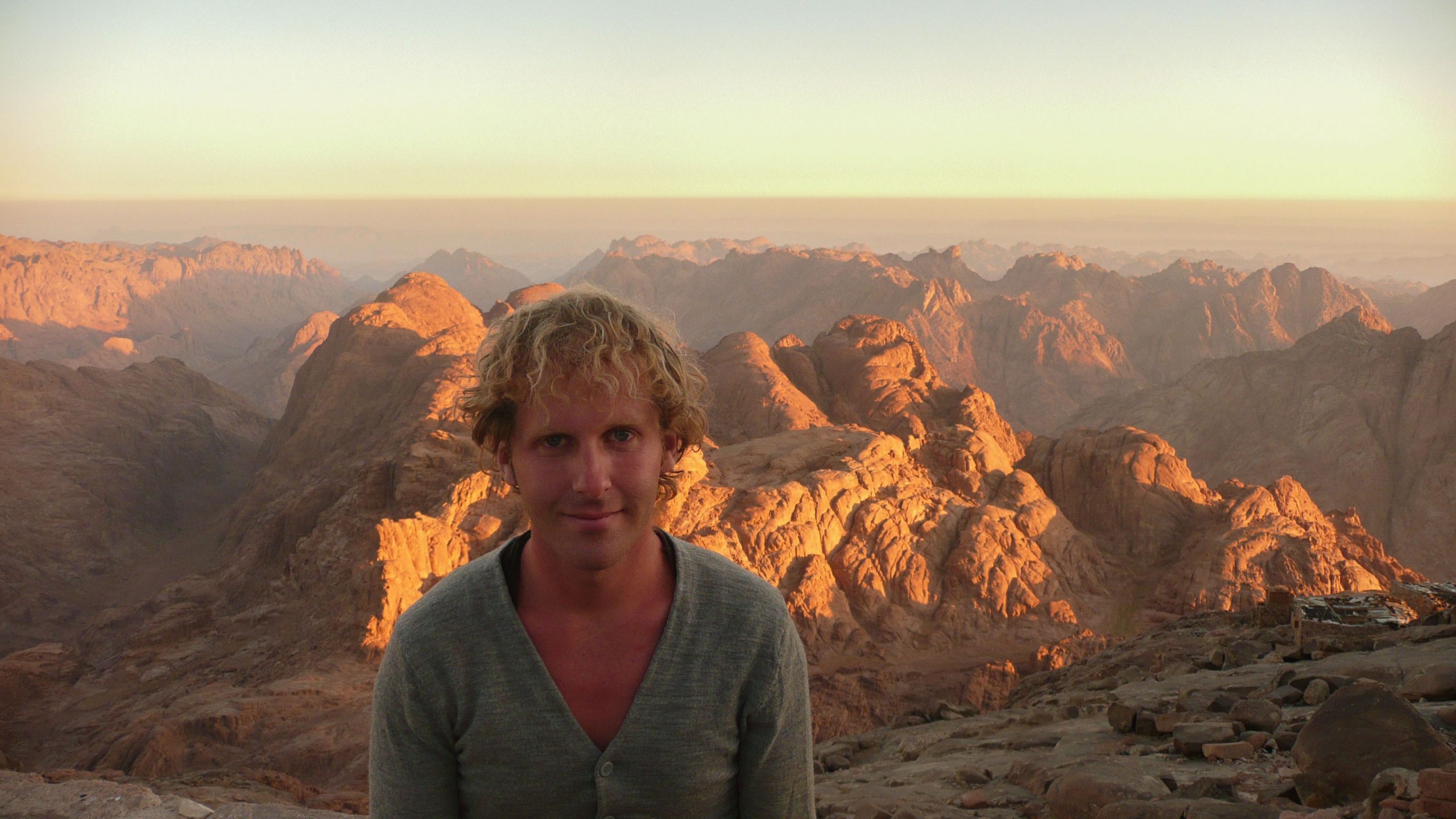
The descent down Mount Sinai felt lighter, both in spirit and effort, as the golden light illuminated the surrounding peaks and valleys, transforming the rugged landscape into a masterpiece of earth tones.
Practicalities came into focus: navigating the uneven steps required careful footing, especially on the initial 750 stairs. The Camel Path, smoother and more forgiving, made for a steady journey back to the monastery. The walk down was a quiet reflection of the ascent — a time to let the experience sink in and carry the memory of the sunrise into the rest of the day.
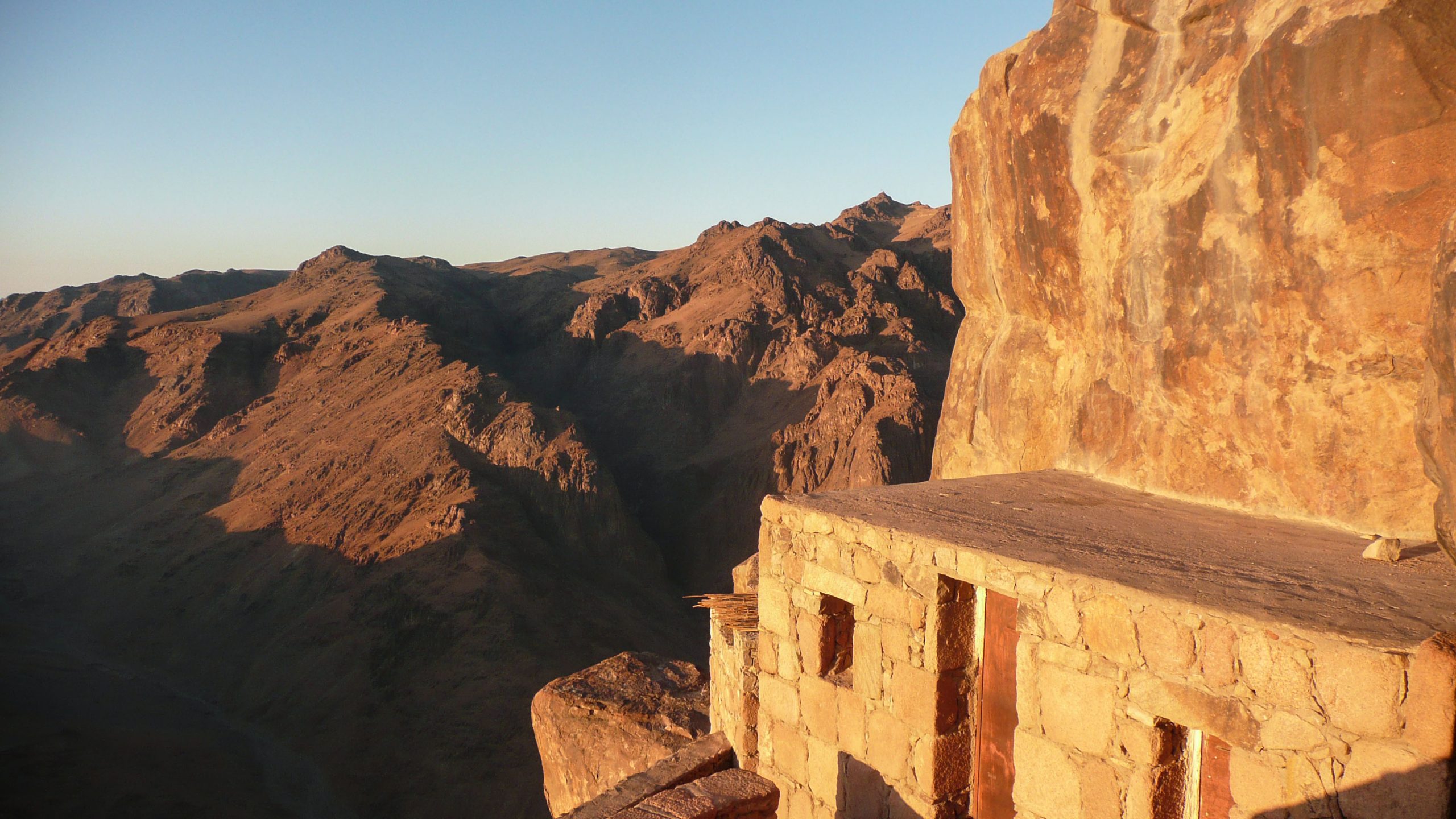
The steady descent, while easier than the ascent, can be tough on the knees, so take it slow and use breaks to rest.
6. Highlights of Saint Catherine’s Monastery
No visit to Mount Sinai is complete without exploring Saint Catherine’s Monastery, a sixth-century marvel nestled at the mountain’s base. This UNESCO World Heritage site is one of the oldest continuously operating monasteries in the world, offering layers of religious and historical significance.
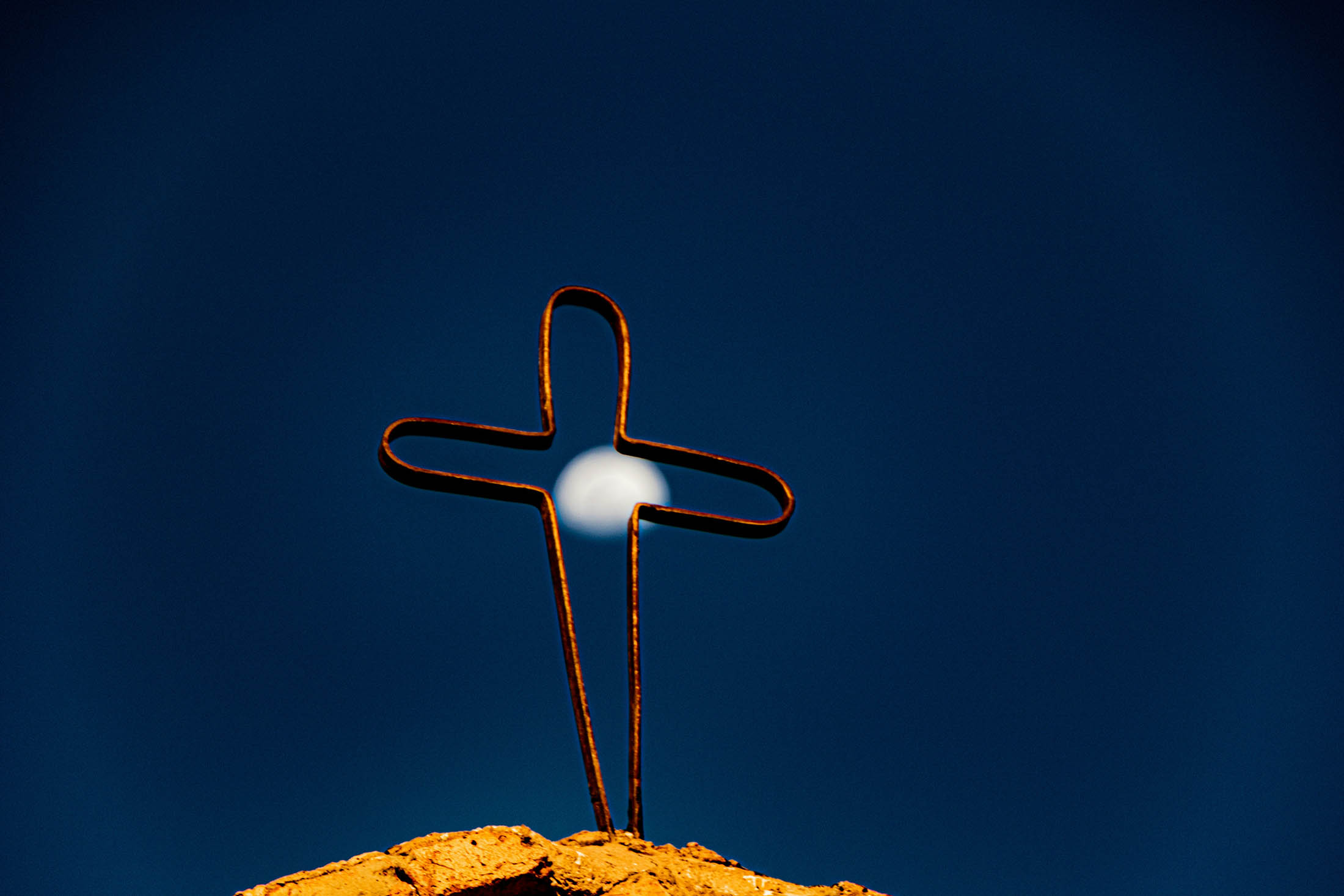
That said, my visit was a mix of awe and frustration. After descending Mount Sinai in the morning sun, tired and eager for some quiet reflection, I instead found myself navigating through crowds and an atmosphere that felt more hectic than holy. Still, the treasures within the monastery make it an essential stop. Here’s what might stand out to you.
Church of the Transfiguration
The towering Church of the Transfiguration dominates the monastery complex, drawing your eye immediately upon entry. Its Byzantine architecture, intricate mosaics, and ancient icons left me in quiet admiration.
Yet, even here, the sheer number of people and the jostling for space made it hard to fully absorb the reverence of the place.
The Sacred Sacristy
For history lovers, the Sacred Sacristy is an absolute highlight. It houses incredible artefacts, including illuminated manuscripts, religious relics, and fragments of the Codex 339.
Wandering through, I was struck by the history on display — pages and treasures that have endured for centuries.
Monastery Mosque
Built in the 11th century during the Fatimid period, the monastery mosque stands as a quiet testament to the region’s intertwined spiritual histories. Its simple, understated design contrasts sharply with the ornate church, offering a humbling reminder of cultural coexistence over the centuries.
The Burning Bush
The Burning Bush is perhaps the monastery’s most famous feature. Believed to be a descendant of the bush Moses encountered in the Old Testament, it’s easy to approach it with skepticism.
7. Returning to Dahab (or Sharm El Sheik)
After completing your journey to the summit of Mount Sinai and descending to Saint Catherine’s Monastery, the trip back to Dahab or Sharm El Sheikh comes with a few things to keep in mind.
Travelling in a Convoy
Technically, foreigners are required to leave the Mount Sinai area as part of a convoy for security purposes. These convoys are scheduled every two hours, with common departure times.
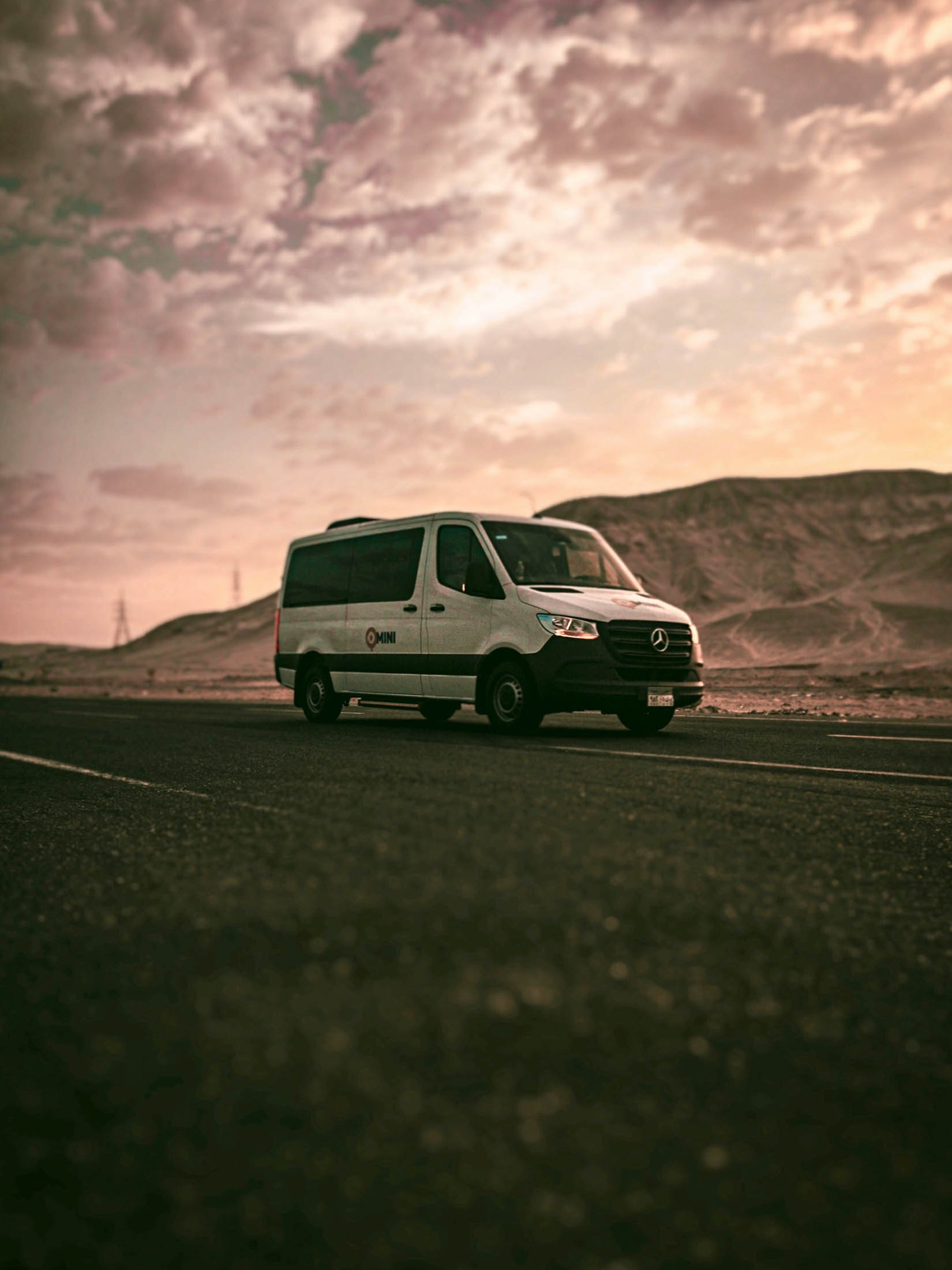
That said, it’s not always strictly enforced. Depending on your driver and your comfort level, you may find it possible to leave outside the convoy schedule. While the security concerns that originally led to the convoys have subsided in recent years, it’s still worth being prepared for checkpoints and having all your documents in order just in case.
The Drive Back
The return journey to Dahab or Sharm El Sheikh typically takes two to three hours, depending on traffic and the number of stops at checkpoints.
Having some water, snacks, and maybe even a small pillow for comfort is a good idea.

By the time you reach your destination, exhaustion will likely catch up with you, but the memories of Mount Sinai’s stunning views and spiritual significance will stay with you long after you’ve rested.
Essential Information for Your Mount Sinai Climb
Planning a trek to Mount Sinai is an unforgettable experience, but there are a few essential things to know before you go. From logistics to packing tips, getting prepared can make your journey smoother and more enjoyable. Here’s everything you need to know to plan your Mount Sinai adventure with confidence.
How to Get to Mount Sinai
Getting to Mount Sinai requires some planning, as it’s tucked away in the remote Sinai Peninsula. Most visitors come from Dahab, Nuweiba, or Sharm el-Sheikh, with transportation options ranging from organised tours to independent arrangements.
From Dahab:
Minivans and buses make the two-hour journey to the base of the climb, with most departures scheduled just after midnight to ensure plenty of time for the ascent. Booking is easy — your hotel or any of the tour booking offices scattered throughout Dahab can help you secure a seat.
From Nuweiba:
The trip from Nuweiba is slightly over two hours, and minivans are the most common option. Similar to Dahab, you can arrange transportation through your hotel or a local travel agent.
From Sharm el-Sheikh:
Sharm el-Sheikh is about three hours from Mount Sinai. Tour companies throughout the city offer return transportation, with most buses or minivans leaving around 11 pm or midnight to allow for a sunrise climb.
Organised Tours versus Independent Travel:
If you’re looking for convenience, booking an organised tour is often the simplest option. Tours typically include transportation, permits, and a Bedouin guide for the climb, eliminating the need to navigate logistics on your own. Prices can vary depending on group size and the level of service, but group tours are generally affordable and hassle-free.
For those who prefer more flexibility, hiring a private taxi or driver is another option, though you’ll need to manage your own permits and ensure your driver knows the checkpoint procedures.
Carrying Your Passport
One essential tip for visiting Mount Sinai is to always carry your passport. You'll pass through several checkpoints on your way to the trailhead, and security officials will request to see it — even if your permits are in order. Without it, you may be delayed or even denied entry to the area.
Make sure it’s easily accessible during the journey, as you might need to present it multiple times. This applies whether you’re travelling independently or with a tour group. It’s a small step to ensure your trek goes smoothly, so don’t leave it behind!
Permits Needed for Mount Sinai
Travelling to Mount Sinai requires permits, which are typically arranged by tour companies or drivers before your visit. These permits ensure you have authorisation to enter the region, which is home to both Mount Sinai and St. Catherine’s Monastery.
If you’re booking through a tour operator, the permit process is generally handled for you.
For those travelling independently, you’ll need to coordinate with a local driver or agency to secure the necessary paperwork.
Permits are checked at various security checkpoints en route, so make sure everything is in order before starting your journey.
What to Pack for the Mount Sinai Climb
- Sturdy shoes – Comfortable hiking boots or reliable runners.
- Warm clothes – Layers are essential as it gets very cold at night.
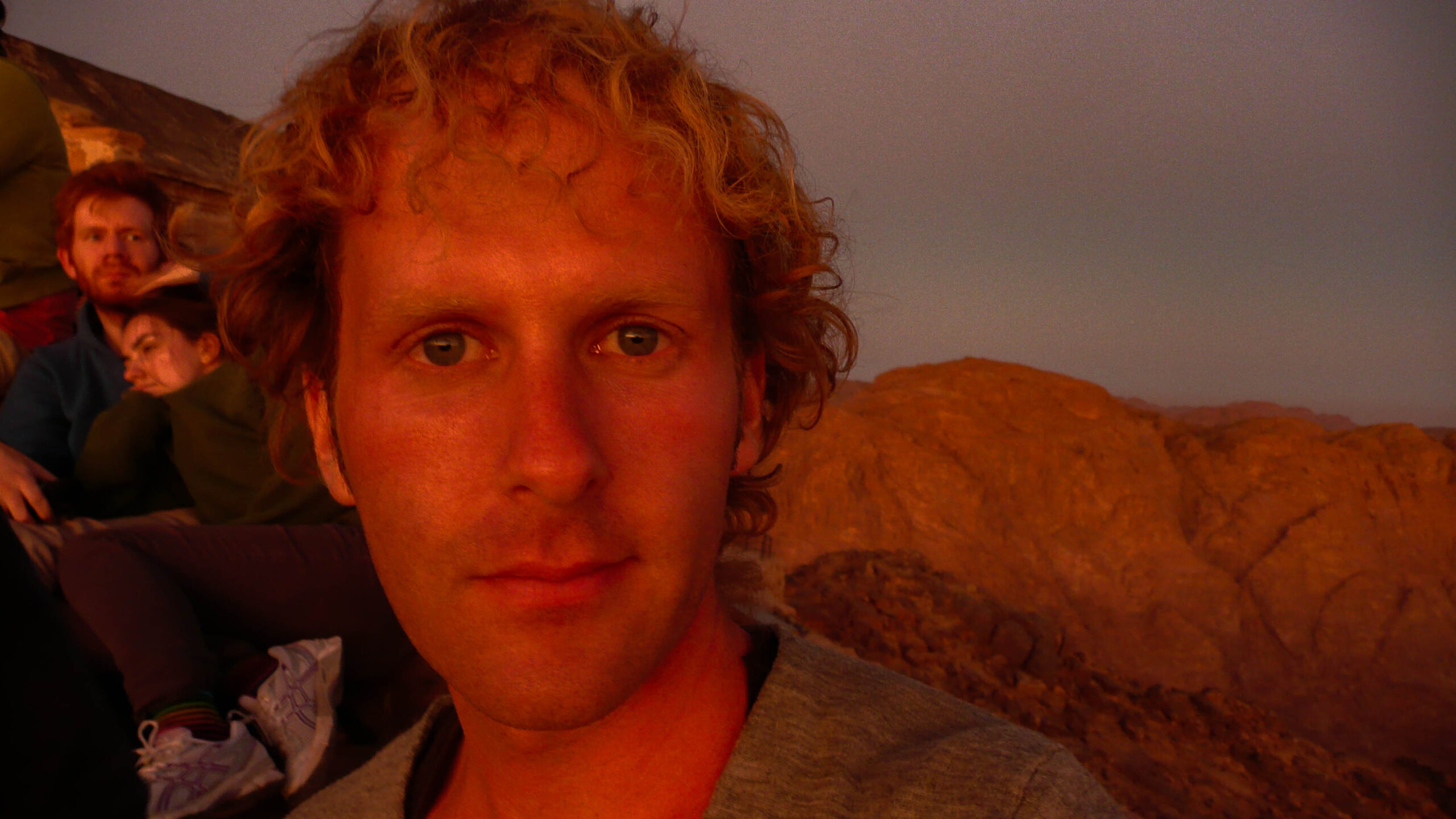
- Water – Bring your own or purchase from kiosks along the way.
- Snacks – Quick energy to give you a boost.
- Sleeping bag (optional) – Useful if you’re waiting for sunrise at the summit.
- Blankets – If you don’t bring your own, you can rent blankets at the summit.
- Camera – To capture the stunning views.
- Sun protection – For the descent when the sun is strong.
- Head torch – Essential for navigating the dark trail during the ascent.
- Toilet paper – Facilities are basic and often not stocked.
- Cash – Small bills for kiosk purchases or tipping guides.
Pack light but don’t skip the essentials; you’ll appreciate every thoughtful item!
Tips for your Mount Sinai Climb
- Camels: Camels are available for hire on the Camel Path. It's helpful if you feel you need a break. They can carry you up to Elijah's Hollow, about 300 meters from the summit. Prices usually start around 450 EGP (approximately $15 USD). You can try to haggle if you feel like it's worth less.
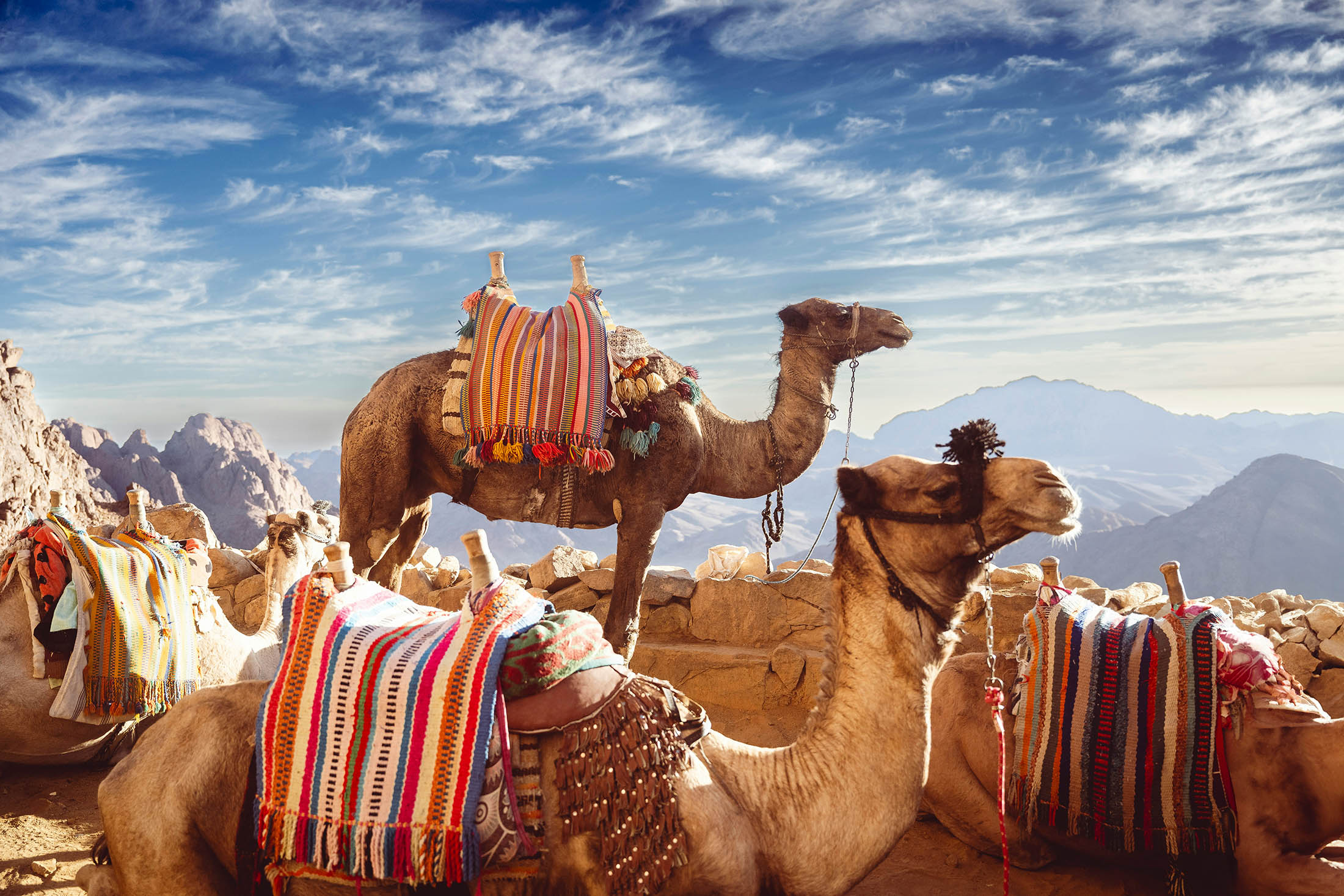
- Toilets: There are basic toilets along the Camel Path. They’re functional but not luxurious, so bring your own toilet paper and hand sanitiser. And of course there are flushable toilets at the starting point, near the carpark.
- Kiosks on the trail: You’ll find kiosks selling water, snacks, and hot drinks at various points along the Camel Path and at the summit. Prices are a bit higher than usual, but the hot chocolate at the top can be pretty comforting.
- Group vs private tours: While group tours can be more affordable, private tours offer flexibility, especially if you prefer the quieter sunset hike.
FAQs for Mount Sinai Climb
Here are some answers to common questions to help you prepare for your trek.
Is it Really Mount Sinai that Moses Climbed?
Growing up in a Christian household, the story of Moses receiving the Ten Commandments was a familiar part of my upbringing.
While Mount Sinai is traditionally recognised as the biblical site of this event, there’s no concrete archaeological evidence to confirm it.
Scholars debate alternative locations, but for many, including myself, the mountain represents something far greater than historical certainty — a place of spiritual resonance that transcends the need for exact proof.
What’s the Best Season for Climbing Mount Sinai?
Mount Sinai can be climbed year-round, but the experience varies greatly depending on the season.
Winter (December to February) brings chilly temperatures, especially at the summit, so dressing in layers is crucial. The cold is offset by fewer crowds and clearer skies.
Spring (March to May) and autumn/fall (September to November) are the most pleasant times to visit, offering mild weather and manageable crowds.
Summer (June to August) is extremely hot during the day, making it less ideal, though nighttime climbs for sunrise are still feasible.
Regardless of the season, temperatures can plummet at night, so warm clothing is essential.
How Can you Avoid Crowds at Mount Sinai Summit?
The sunrise trek is the most popular and therefore the busiest, with large groups starting their climb at midnight to witness the first light of dawn.
For a quieter experience, opt for the sunset trek instead. The summit is far less crowded during this time, offering a more relaxed atmosphere to enjoy the views.
Should you Tip your Bedouin Guide?
Tipping your Bedouin guide is not just a kind gesture but often an essential part of their income.
Guides are typically paid very modestly (or minimally, really) for the long hours they spend trekking up and down the mountain, often multiple times a week.
A tip of 50–100 EGP (approximately $2–4 USD) is appreciated, though if your guide has gone out of their way to make the journey more enjoyable or informative, consider tipping more generously.
It’s a small way to acknowledge their hard work and the vital role they play in your Mount Sinai experience.
Is it safe to climb Mount Sinai at night?
Climbing Mount Sinai at night is generally considered safe, as it’s a well-trodden pilgrimage route.
Bedouin guides accompany all hikers, ensuring you stay on track and avoid any hazards. The paths are clear, though you’ll need a good headlamp or flashlight to navigate in the dark.
While safety concerns have historically prompted the use of convoys for travel in the Sinai, the area around Mount Sinai has had no reported incidents in recent years.
Stick with your group and follow your guide’s advice for a safe hike.
What is the weather like at the summit?
The weather at the summit of Mount Sinai can be extreme and varies greatly depending on the season and time of day.
Nights and early mornings are bitterly cold, even in summer, with temperatures frequently dipping near or below freezing during the winter months. Wind makes it feel even colder, so layers and warm clothing are essential.
During the descent, as the sun rises, the temperatures climb quickly, and the intense desert sun makes the journey down much warmer.
Be prepared for this dramatic shift by dressing in layers.
Climbing Mount Sinai for Sunrise – it’s Worth the Effort
Climbing Mount Sinai was one of the most profound travel experiences I’ve had. As I sat on the summit, wrapped in a wool blanket against the biting cold, I watched the horizon transform into a canvas of golds and oranges.
Despite the early wake-up call and the physical challenge of the climb, that moment was pure magic — one I still think about years later.
If you’re considering this journey, my advice is simple: go. The climb is as much about the journey as the destination. Sure, your legs might ache, and the cold might surprise you, but standing at the top as the sun rises is a reward like no other.
You’ll feel a connection — to the landscape, to history, and maybe even to something deeper within yourself. It’s an effort that stays with you, long after you’ve left the mountain behind.
Planning Your Egypt Trip?
For practical details on visas, currency, and accommodation options across Egypt, check out my Egypt Overview page for everything you need to know.









[…] Public transportation in Egypt doesn’t just get you from A to B; it pulls you into the heart of local life, right alongside the students, workers, and families who call it home. It’s more than just a way to get around — it’s how you dive headfirst into Egypt’s culture without breaking the bank. Choosing to travel Egypt by bus, metro, and train added a layer of independence, unpredictability, and yes, a few challenges, but it brought out the kind of travel moments you can’t script. Over the weeks, I tried it all — darting through Cairo on the metro, squishing into mini-vans bound for historic sites, hopping on long-haul buses to Dahab to climb mount Sinai. […]